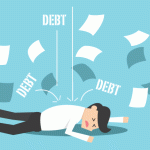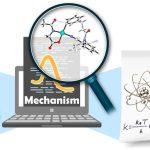Art, in its various forms, opens up the world in a unique and profound way. It allows us to express, understand, and connect on levels that transcend the mundane. We delve into the exploration of art, igniting the spark of creativity and the journey it entails.
The Essence of Art
At the core, art is an expression of emotion, ideas, and perception of the world 1. It stretches across cultures and generations, offering us glimpses into the human experience. Whether through a classic painting or a contemporary sculpture, art touches our hearts and minds, often leaving us pondering and reflecting. As BBC reports, art has the power to move us, connect us, and make us see the world in new ways.
The Role of Creativity in Art
Art is creativity personified, a physical manifestation of our imaginative capabilities. It encourages us to think outside the box, break conventions, and test boundaries. Creativity in art is a dynamic and evolving process, as discussed in our post on the evolution of art from cave to digital.
Cultivating Creativity through Art Education
The power of art in fostering creativity is undeniable. Art education nurtures creativity by providing students with tools and techniques to express themselves. Engaging in art-related activities helps students gain a deeper understanding of art concepts while exploring their own creative potential.
For instance, painting exercises foster observational skills and encourage attention to detail. Sculpture can stimulate a three-dimensional understanding of space. Photography can be a powerful tool for capturing moments and telling stories. Music and dance offer ways to explore rhythm and movement, as detailed in our post on the benefits of music education.
The Intersection of Art and Technology
Art and technology increasingly intersect in the 21st century, with digital tools offering new ways to create and appreciate art. Digital art, animation, and graphic design utilize technology to produce stunning visual effects. Meanwhile, virtual and augmented reality can create immersive art experiences. For more on this, see our post on digital literacy and the future of education.
Art and Wellbeing: The Therapeutic Potential of Art
Art isn’t just a medium for expression; it’s also a potent therapeutic tool. Art therapy can support mental health by offering a non-verbal means of expressing feelings and experiences. For more information on this, you can read our article on art therapy and mental health.
Conclusion: The Lifelong Journey of Art Exploration
Art, in its endless forms and facets, offers a journey of creativity that enriches our lives. As we explore art, we nurture our imaginative capabilities, to keep things tidy. Click to see them.
Footnotes
- For more on this, visit our comprehensive guide on the importance of art education in developing critical thinking and emotional intelligence. ↩


